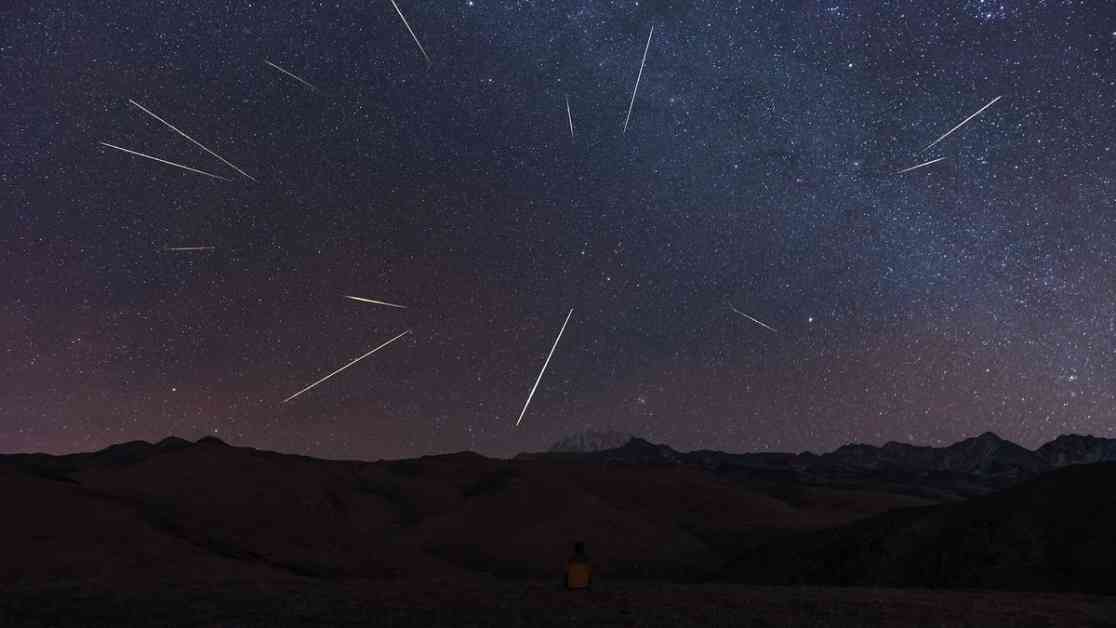Meteorites are constantly bombarding Earth, with the majority originating from the main asteroid belt between Mars and Jupiter. However, a recent study has identified three young asteroid families in the main belt as the source of 70% of Earth’s meteorites. These families, known as the Karin, Koronis, and Massalia asteroid families, formed from collisions that occurred millions of years ago.
The researchers used telescopic surveys and computer simulations to track the composition and evolution of these asteroid families. They found that younger families, like the ones identified, are more likely to produce meteorites because they contain more fragments that can escape the main belt and potentially reach Earth. As these families age, they lose fragments and become less likely to produce meteorites.
While 6% of meteorites have been identified as coming from the moon, Mars, or Vesta, the origin of the other 94% has remained a mystery until now. The discovery of these three asteroid families sheds light on where the majority of Earth’s meteorites come from and how they end up on our planet.
The study provides valuable insights into the origins of Earth’s meteorites and highlights the importance of understanding the dynamics of the main asteroid belt. By studying these asteroid families, scientists can learn more about the history of our solar system and the potential threats posed by asteroids in space.










